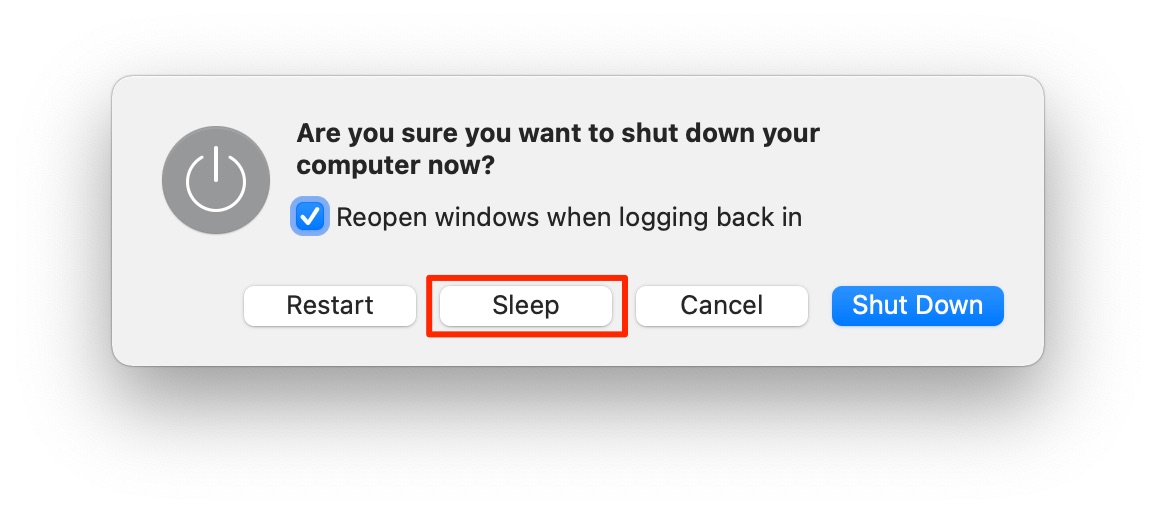

You might not know it, but some applications or services that are running silently in the background might be preventing your Mac from going to sleep. Check for Hidden Applications Using Power If your Mac still isn’t falling asleep, try option number three. After a few minutes, test closing the lid again. Let the computer boot up, then use it normally. When the computer restarts itself let go. Then, turn your Mac back on and when the display turns on, press and hold Command, Option, P and R. Get those fingers ready for new placement while it’s off. On older Macs, it’s called PRAM.Įither way, to reset it, turn off your Mac.

It’s the non-volatile random-access memory, which can deal with issues involving power. There’s one more thing you should try resetting that shouldn’t affect your Mac in any way. If not, fear not, there are a few more options. If it worked, congratulations, you can stop here. Use your Mac normally for a few minutes, then close the lid to see if it falls asleep. Hold down Shift, Control, Option and Power keys at the same time and then release them all at the same time. First, shut down your MacBook and plug in your power adapter. If you think a reset of the SMC might be in order to fix the problem, it’s quick and painless to your computer. Something that’s gone awry within the SMC could be responsible for your Mac refusing to go to sleep when you close the lid. The System Management Controller deals with lights, power, performance and more in your MacBook.


 0 kommentar(er)
0 kommentar(er)
